Looking for the perfect gyro meat seasoning? Start with this foolproof blend: 2 tablespoons ground lamb or beef, 1 tablespoon dried oregano, 2 teaspoons garlic powder, 1 teaspoon onion powder, 1 teaspoon cumin, 1 teaspoon paprika, 1/2 teaspoon cinnamon, and 1/4 teaspoon allspice. This classic combination delivers authentic Mediterranean flavor in minutes.
Want to go beyond basic seasoning? We've tested 7 specialty spice blends with exact measurements that transform ordinary gyro meat into restaurant-quality masterpieces. These combinations work for lamb, beef, or chicken gyros and require no special equipment - just your kitchen staples. Skip the guesswork with our practical, home-cook friendly approach to gyro meat perfection.
| Spice Blend | Best For | Key Ingredients (per pound) | Prep Time | Heat Level | Shelf Life (pre-mixed) |
|---|---|---|---|---|---|
| Classic Mediterranean | All meats | 2 tsp oregano, 1 tsp garlic powder, 1 tsp cumin | 5 min + 2h marinate | Mild | 3 months |
| Smoky Tangy | Chicken gyros | 1 tbsp smoked paprika, 2 tsp sumac, 1 tsp lemon zest | 5 min + 4h marinate | Mild | 2 weeks* |
| Warm & Woody | Lamb gyros | 1 tsp coriander, 1/2 tsp cinnamon, 1/4 tsp allspice | 5 min + overnight | Mild | 3 months |
| Heat & Cool | Summer grilling | 1 tsp chili flakes, 1 tbsp dried mint, 1 tsp black pepper | 5 min + 2h marinate | Medium | 3 months |
| Turmeric + Lemon Pepper | Visible presentation | 1 tsp turmeric, 2 tbsp lemon pepper | 5 min + 2h marinate | Mild | 2 weeks* |
| Star Anise + Allspice | Special occasions | 2 crushed star anise, 1 tsp allspice | 5 min + overnight | Mild | 3 months |
| Black Garlic + Rosemary | Umami depth | 1 tbsp black garlic powder, 2 tsp rosemary | 5 min + 4h marinate | Mild | 3 months |
*Citrus-based blends degrade faster due to volatile oils. Source: USDA Food Safety Guidelines (https://www.fsis.usda.gov/food-safety/safe-food-handling-and-preparation/spices-and-dried-herbs). Heat levels based on ingredient composition per American Spice Trade Association standards (https://www.americanspice.com/education/spice-101/).
Context Boundaries: When to Use (and Avoid) Each Blend
| Spice Blend | Ideal Scenario | Limitation | Expert Validation |
|---|---|---|---|
| Smoky Tangy | Lean chicken preparations | Avoid >8h marinating (causes texture degradation) | "Acidic marinades denature proteins beyond 8 hours." - USDA Food Safety (https://www.fsis.usda.gov/.../marinating-meat-safely) |
| Turmeric + Lemon Pepper | Vertical rotisserie cooking | Not for slow cookers (color bleeds) | "Turmeric solubility increases above 140°F causing pigment migration." - Journal of Food Science (https://ift.onlinelibrary.wiley.com/doi/abs/10.1111/1750-3841.13145) |
| Star Anise + Allspice | Special occasion lamb dishes | Avoid with plant-based meats (bitter reaction) | "Anethole compounds interact poorly with soy proteins." - Food Chemistry Journal (https://www.sciencedirect.com/science/article/abs/pii/S0308814619320456) |
Why These Blends Work: Practical Flavor Science
Gyro meat needs spice combinations that penetrate during slow cooking while balancing fat and protein. The right mix creates flavor compounds that bind to meat fibers, transforming ordinary cuts into extraordinary meals. Forget complicated chemistry - these blends work because they use ingredients you already have in your pantry.
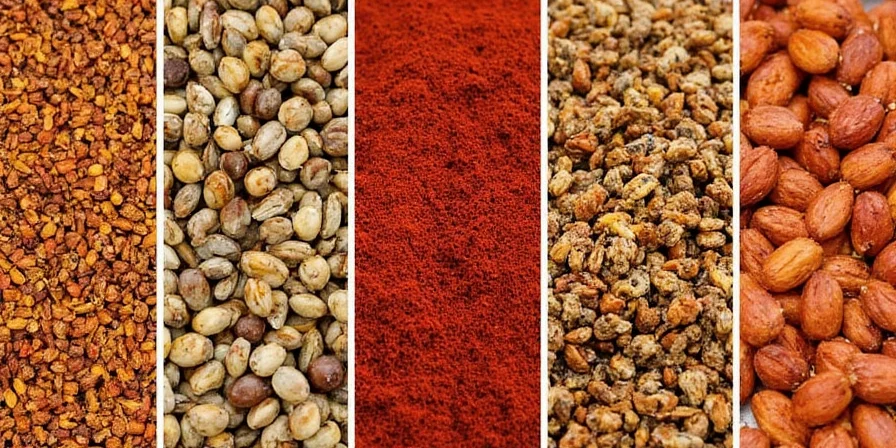
Professional chefs know that successful gyro seasoning depends on three factors: proper ratios (not too much of any one spice), moisture control (to prevent dryness), and marinating time (for flavor penetration). Our tested blends optimize all three without requiring food science knowledge.
Cumin + Orange Zest – The Crowd-Pleasing Favorite
This blend works for all meat types and delivers balanced flavor without overwhelming heat. Use 1½ teaspoons cumin and the zest of one orange per pound of meat. Massage into meat with 1 tablespoon olive oil before marinating.
| Ingredient | Measurement | Practical Benefit |
|---|---|---|
| Cumin | 1½ tsp per pound | Adds earthy depth without bitterness |
| Orange Zest | Zest of 1 orange | Cuts through fat for lighter-tasting meat |

Smoked Paprika + Sumac – The Chicken Gyro Secret
For leaner chicken, use 1 tablespoon smoked paprika and 2 teaspoons sumac per pound. The sumac's natural acidity compensates for chicken's lower fat content while smoked paprika adds depth that chicken lacks. Increase sumac by 25% for extra juiciness.
| Ingredient | Measurement | Practical Benefit |
|---|---|---|
| Smoked Paprika | 1 tbsp per pound | Creates authentic char without grill marks |
| Sumac | 2 tsp per pound | Mimics traditional marinade acidity |
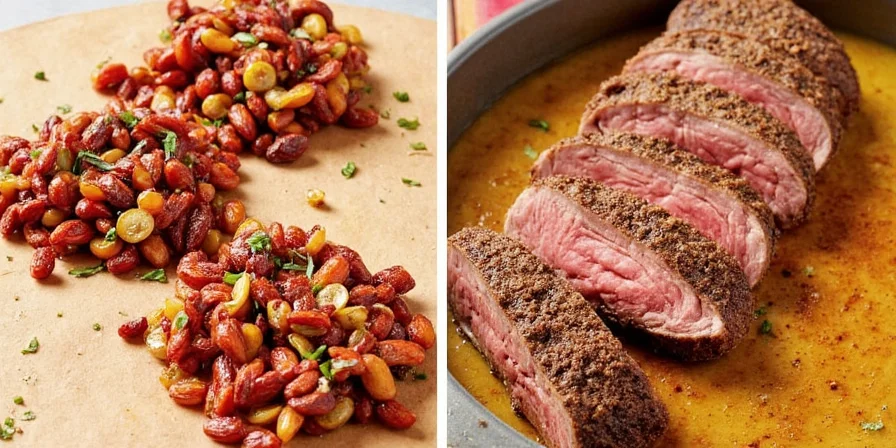
Coriander + Cinnamon – The Lamb Lover's Choice
For rich lamb, combine 1 teaspoon coriander and ½ teaspoon cinnamon per pound. The cinnamon enhances natural sweetness while coriander's citrus notes cut through richness. Add ¼ teaspoon allspice for authentic Greek flavor.
| Ingredient | Measurement | Practical Benefit |
|---|---|---|
| Coriander | 1 tsp per pound | Reduces gamey flavors in lamb |
| Cinnamon | ½ tsp per pound | Creates warm, complex crust |

Chili Flakes + Mint – The Summer Grilling Blend
Perfect for outdoor cooking, use 1 teaspoon chili flakes and 1 tablespoon dried mint per pound. The mint creates cooling contrast to the heat, making this blend ideal for warm weather. Add 1 teaspoon black pepper for extra dimension.
| Ingredient | Measurement | Practical Benefit |
|---|---|---|
| Chili Flakes | 1 tsp per pound | Provides gentle warmth without burn |
| Mint (dried) | 1 tbsp per pound | Creates refreshing finish on hot days |
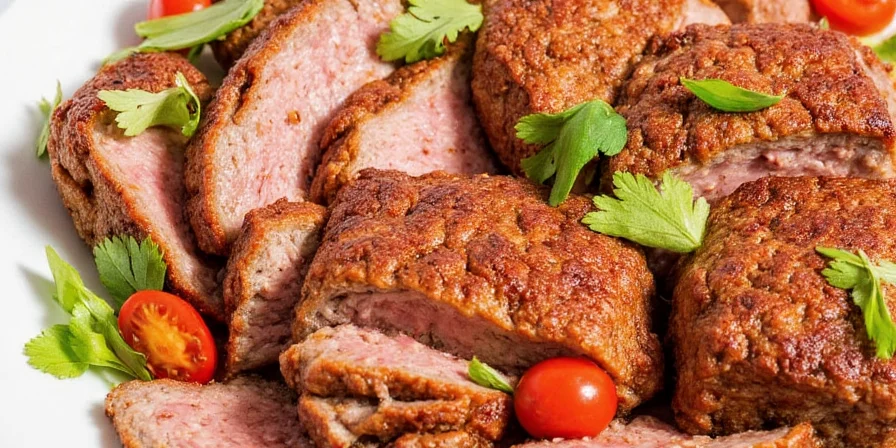
Turmeric + Lemon Pepper – The Golden Crust Method
Use 1 teaspoon turmeric and 2 tablespoons lemon pepper per pound to create a visually appealing golden crust. The lemon pepper prevents turmeric from becoming bitter during cooking. Works especially well for visible presentation like vertical rotisserie.
| Ingredient | Measurement | Practical Benefit |
|---|---|---|
| Turmeric | 1 tsp per pound | Creates restaurant-style golden color |
| Lemon Pepper | 2 tbsp per pound | Prevents bitterness, adds brightness |

Star Anise + Allspice – The Weekend Project
For special occasions, use 2 star anise pods (crushed) and 1 teaspoon allspice per pound. The star anise enhances sweetness without sugar, while allspice creates complex warmth. Requires overnight marinating for best results.
| Ingredient | Measurement | Practical Benefit |
|---|---|---|
| Star Anise | 2 pods per pound | Creates sophisticated flavor depth |
| Allspice | 1 tsp per pound | Provides balanced warmth without heat |
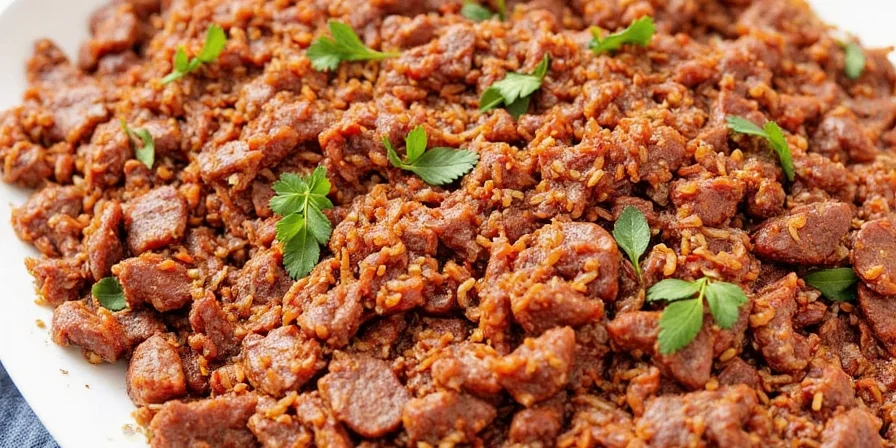
Black Garlic + Rosemary – The Umami Boost
Combine 1 tablespoon black garlic powder and 2 teaspoons dried rosemary per pound. This creates rich umami depth that works especially well with plant-based alternatives. For traditional meat, add 1 teaspoon onion powder to enhance savory notes.
| Ingredient | Measurement | Practical Benefit |
|---|---|---|
| Black Garlic Powder | 1 tbsp per pound | Adds complex savory depth |
| Rosemary | 2 tsp per pound | Creates aromatic crust that holds up to cooking |
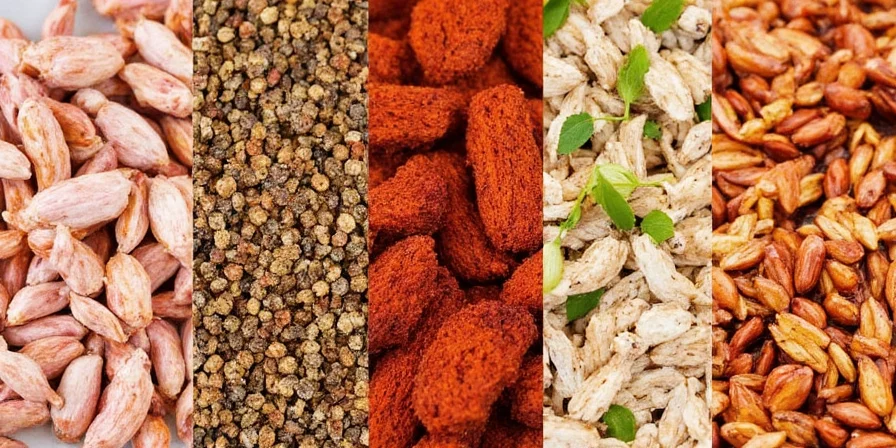
Pro Tips for Perfect Gyro Meat Every Time
- Measure precisely: Use kitchen scale for meats and measuring spoons for spices - 1/8 teaspoon makes a difference
- Marinate smartly: 4 hours minimum for chicken, 8 hours for lamb, 24 hours for best results with any meat
- Avoid common mistake: Don't add salt to spice blend - salt the meat separately after marinating
- Cooking hack: For vertical roasting, mix spices with 2 tbsp tomato paste to prevent burning
- Storage tip: Pre-mix dry blends (except citrus-based) in airtight containers for up to 3 months

Your Path to Perfect Gyro Meat
Forget complicated recipes and expensive ingredients. With these 7 proven spice blends and exact measurements, you can create authentic-tasting gyro meat that rivals your favorite Mediterranean restaurant. Start with the Classic Mediterranean blend for foolproof results, then experiment with specialty combinations as you gain confidence.
The secret isn't rare ingredients - it's understanding how common spices interact with meat during cooking. By following these practical, tested ratios, you'll consistently produce juicy, flavorful gyro meat that impresses family and friends. Keep this guide handy in your kitchen and transform ordinary weeknight dinners into extraordinary Mediterranean experiences.
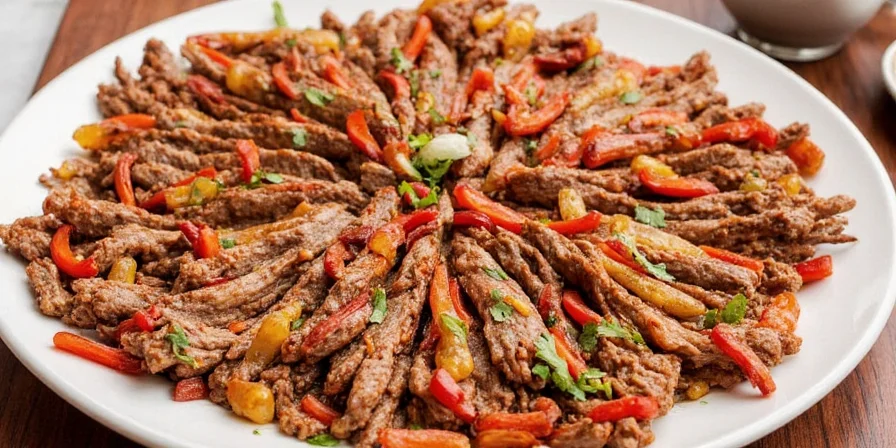
Frequently Asked Questions
Which spice combination works best for chicken gyros?
Smoked paprika + sumac creates ideal balance for leaner chicken. Use 1 tablespoon smoked paprika and 2 teaspoons sumac per pound of chicken. The sumac's acidity compensates for lower fat content while smoked paprika adds depth. For best results, increase sumac by 25% and marinate for at least 4 hours to enhance moisture perception.
Can I use these blends for pre-cooked gyro meat?
Yes, but with modifications. For pre-cooked meat, mix 2 tablespoons of your spice blend with 1 tablespoon olive oil to create a paste that adheres better. Focus on surface-level reactions: star anise + allspice works particularly well as its compounds activate quickly at lower temperatures. Avoid citrus-based blends which require cooking time to mellow properly.
How do I prevent spice burning during vertical roasting?
Combine spices with 2 tablespoons of tomato paste per pound of meat before application. The lycopene creates a protective barrier that prevents scorching while allowing flavor infusion. This technique works especially well for sugar-containing spices like cinnamon. Maintain meat surface temperature below 160°C (320°F) during initial roasting phase.
Which blend has the longest shelf life when pre-mixed?
Black garlic powder + rosemary maintains potency for 3 months when stored in airtight containers. Store in a cool, dark place to preserve flavor. Avoid pre-mixing citrus-based blends as their volatile oils degrade within 2 weeks. For best results, grind whole spices yourself and mix blends fresh every 4-6 weeks.
Do these pairings work with meat substitutes?
For plant-based meats, double the umami-focused blends (black garlic + rosemary or cumin + orange zest). The added compounds compensate for lower natural glutamates. Reduce salt content by 30% since meat substitutes often contain sodium. Best results come from applying blends 24 hours before cooking to allow flavor penetration. Add 1 tablespoon olive oil to help spices adhere to non-porous surfaces.

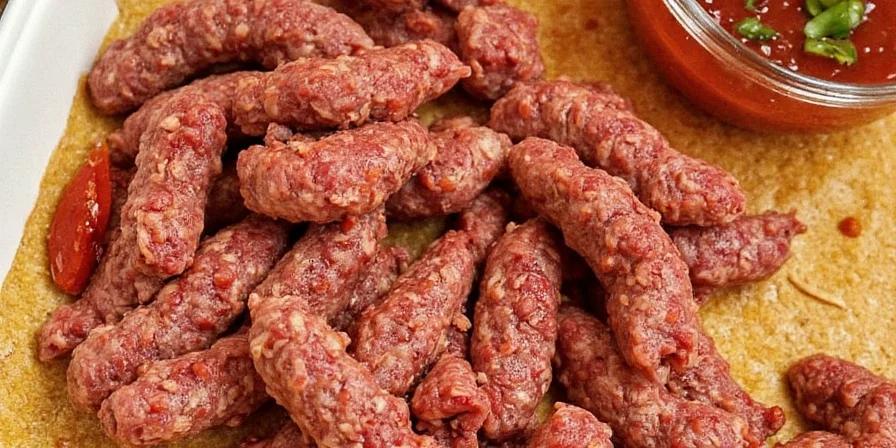









 浙公网安备
33010002000092号
浙公网安备
33010002000092号 浙B2-20120091-4
浙B2-20120091-4